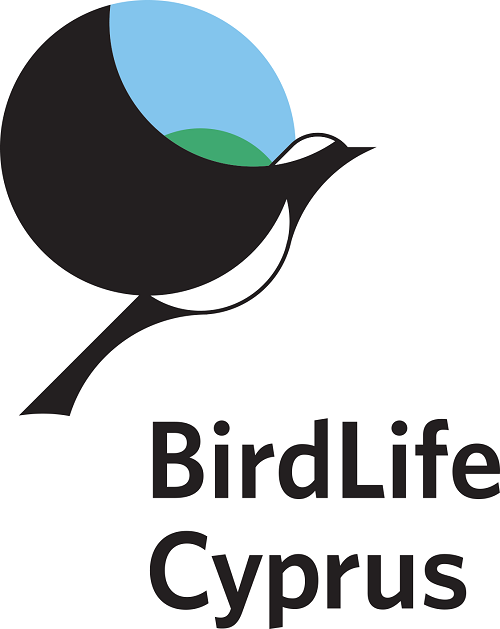Common myna control in cyprus
Have you seen this bird?

The Common Myna Acridotheres tristis is a new arrival to the island of Cyprus, standing about 20 cm tall, with plumage of brown and glossy black, and both bill and bare eye-surround a bright yellow. The bird is a member of the Starling family and is known for its sweet call, superior problem-solving abilities, and renowned imitation skills. While it is native to South Asia, the bird has proved very adept at expanding its range in recent decades, with a helping hand from humans. The Myna has therefore become a dangerous invasive species.
The impact of alien invasive species globally should not be underestimated. Such invaders are second only to habitat loss when it comes to causes of species loss. Humans have a habit of transferring species across the globe, either by accident – think seeds carried in socks and escaping cage birds – but also misguided deliberate introductions, such as the rabbit to Australia. A small but dangerous proportion of these introductions establish themselves in local ecosystems, gain ground and become invasive, wiping out native species. This because the new arrivals throw off the ecological balance carved out by species that have co-existed for millennia.
Threats Posed by Common Myna to Local Biodiversity
The popularity of the Common Myna as a pet and its great adaptability especially to life in towns and villages, have made it one of the top 100 invasive alien species globally. The bird poses a serious threat to native birdlife and ecosystems, as it competes with local birds for food, interferes with nesting activities, predates eggs and chicks, and competes for nest sites with other hole-nesting species. Mynas also damage some crops, especially fruit, and can impact the tourism industry, as they find food at hotel restaurants and street cafes, raising concerns of food and utensil contamination as well as disturbance to the customers.
In Cyprus, the endemic Cyprus Warbler (Sylvia melanothorax) and other local species, such as the endemic Cyprus Scops Owl (Otus cyprius), could be vulnerable to predation, interference, and competition for nest holes. The Myna has established breeding populations in Israel, Lebanon, Italy, and Turkey, and has since spread to neighbouring countries and in recent years, it has been seen in Greece, France, Portugal, and Spain.
Sightings of Common Myna in Cyprus

The first record of the Mynas in Cyprus was from the Akrotiri area in January 2022, when three individuals were located and subsequently controlled. Despite initial control efforts, Mynas were recorded in other locations, mostly near Limassol Port. Since then, there have been over 40 Myna sightings involving up to 20 birds, predominantly from Limassol District, but also from the Paphos and Larnaka areas.
It is important to act swiftly and decisively to prevent this bird from establishing a breeding population in Cyprus. To help combat the spread of the Common Myna in Cyprus, BirdLife Cyprus has set up an online form for people to submit any sightings of the bird.
Please report any sightings of the bird through this form.
By reporting sightings, individuals are helping authorities monitor the spread of the bird and take necessary action through humane eradication to prevent it from establishing a breeding population in Cyprus.
